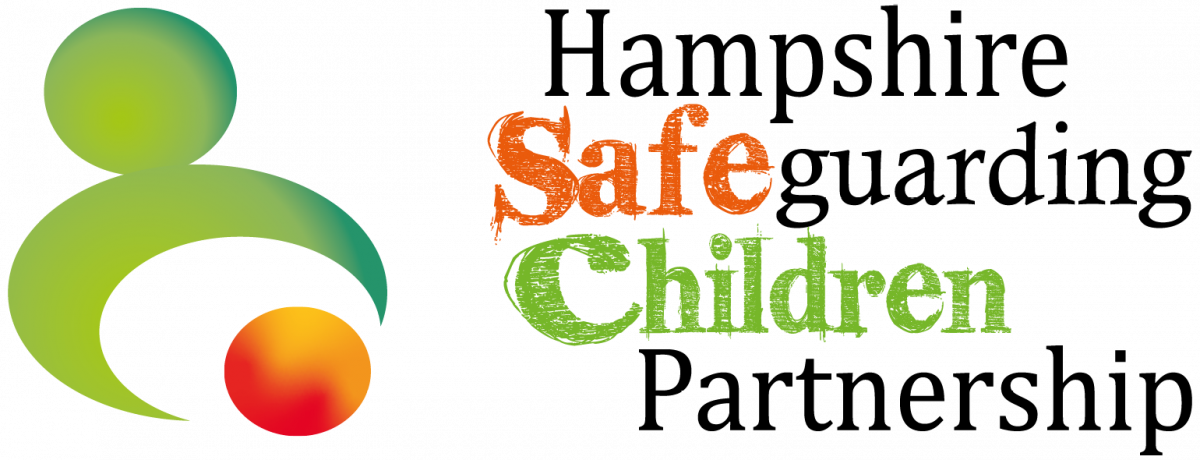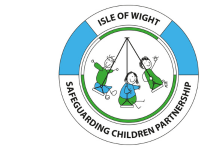Supervision
There is no single, agreed, way of defining supervision. It is however agreed as critical to effective safeguarding practice. In recognition of the importance of safeguarding supervision the local safeguarding children partnerships across Hampshire, Isle of Wight, Portsmouth and Southampton have agreed and published a set of safeguarding supervision standards. This reflects the shared belief that the quality of supervision that practitioners experience is likely to have a direct bearing on the quality of their safeguarding work with children and their families. Supervision is often described as having four stakeholders:
- The practitioner being supervised
- The supervisor
- The child and family
- The practitioners organisation
Safeguarding Supervision offers the opportunity for professional support and learning for practitioners. The process is about the ‘how’ of safeguarding practice. It provides a reflective space to consider children and families circumstances, their needs and vulnerabilities through a different lens, to think about any legal or professional requirements and to recognise the complex and often emotional impact of the work. At its most effective safeguarding supervision provides clarity, purpose and containment.
Effective supervision should provide the professional with validation of their work and role. Ensuring a clear focus/plan for any future work, ensuring the safety, welfare and needs of the child and whole family (taking a family approach) are considered and managed.
Models of supervision can be used to explore a child and family’s situation. There are several models which can be used but the Kolb learning/ supervision cycle is often used; it can provide a structured and effective approach to robustly explore a child and family’s situation.

1 – Experience- i.e., what happened, detailed descriptions, paying attention to the detail as well as the bigger picture.
2 – Reflective Observation- reviewing / reflecting on the experience, including exploration of emotions associated with the experience.
3 – Analysis- concluding/ learning from the experience.
4 – Plans & Actions – planning/ trying out what you have learnt.
Top tips
Do
- Prepare for supervision.
- Be child focused, think child, think family and think child again.
- Reflect on your own feelings working with the family? Do you feel uncomfortable, worried, concerned for yourself, explore this and consider any implications for the lived experience of the child
- Explore your thinking and analysis, welcome challenge that may relate to presumptions, assumptions and bias
- Think about past known information and consider using the discrepancy matrix to consider what information may be missing.
- Be professionally curious and tenacious
Don’t
- Be afraid to have honest conversations
- Don’t put-on rose-tinted glasses- be prepared to think the unthinkable!
- Don’t silence your professional instinct
- Be scared to raise concerns if instinctively you feel it isn’t right (Think escalation there is a HIPS Multi agency resolution of professional disagreement policy if needed)
- Talk to your line manager or safeguarding lead.
Useful links
reflective_supervision_resource_pack_2017.pdf (researchinpractice.org.uk)
KB_The_role_and_functions_of_supervision_NEW.pdf (rip.org.uk)
HIPS Safeguarding Supervision Standards
Training
You can access the HSCP learning from reviews training sessions here.
You can access the IOWSCP training here.

